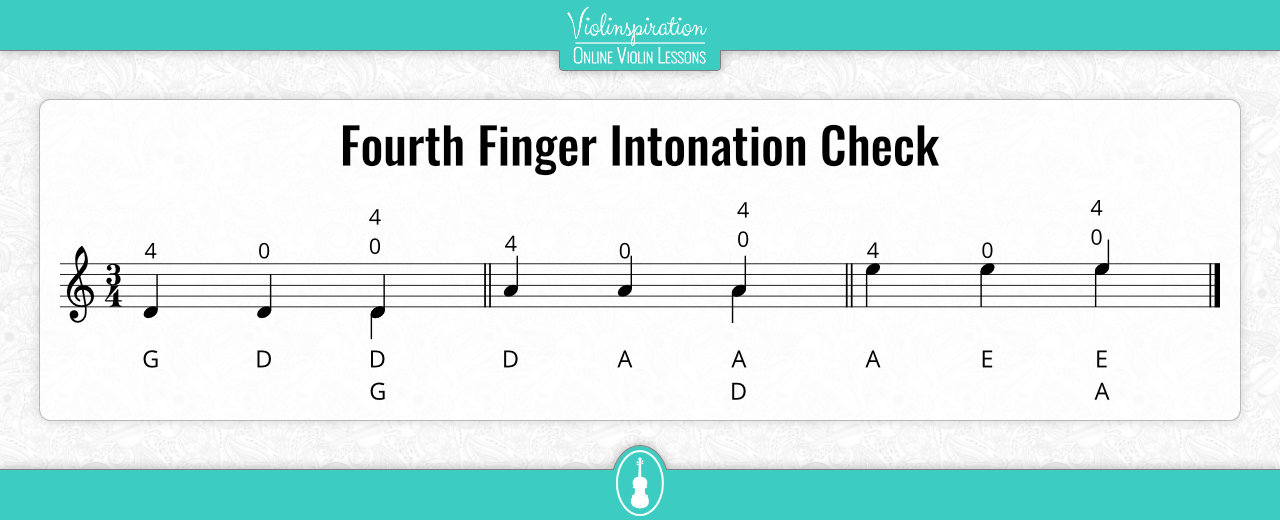Today I’m excited to share with you my arrangement of Hallelujah for violin!
Hallelujah by Leonard Cohen is one of the most popular songs, and I always have students begging to learn to play it! Here I’m sharing my digital sheet music with you, along with some tips for you to learn how to play the solo on your own.

Violin Sheet Music for Hallelujah
Below is my version of Hallelujah arranged for violin. Click the link below to get the score for a small fee. Next, download the sheet music, print it, and let’s begin practicing!

Hallelujah Play-Along Video
Before you start practicing, please listen to my video example to hear what the end result should sound like.
How do You Play Hallelujah on the Violin?
Hallelujah is an easy tune suitable for violin beginners. While the notes might be rather simple, there are a lot of techniques we can add to really make this solo sound beautiful.
Beginning the Song
Leonard Cohen’s song starts on the last note of a measure, beat 6. This is called a “pick up note” or “up beat.”

In many songs, the last beat of the measure is considered “weak,” and the first beat of the measure is “strong.” Hallelujah works the same way: we’ll play the first note as a quiet up bow, and the second note (the first beat of the first full measure) as a stronger down bow.
This gives the music a natural, singing sound. Playing the first note of the song strong and the second weak doesn’t sound quite right to our ears for this piece. Try it both ways: how is it different? Which version do you like better?
Another very popular song, Amazing Grace, starts the same way. You can learn how to play my arrangement of Amazing Grace here!
Hooked Bowings
In my Hallelujah arrangement for violin, we play most of the melody with a “hooked” bowing. This means, instead of going back and forth between down and up bows, we play “down-down, up-up.”

This can be tricky bowing if you’re just getting started. A great way to practice a new bowing technique is to practice it on a scale!
My arrangement of Hallelujah is in the key of C Major. If you know how to play a C Major scale, practicing it with the hooked bowing would be a great way to warm up before practicing the solo.
Here you can download my free booklet (PDF) with the 5 most essential beginner violin scales, including C Major:

Free Download: 5 most common violin scales for beginners
Playing in Tune
You probably know that one of the goals of playing the violin is to play in tune.
A nice trick to checking your intonation is listening for ringing open strings. If you play a third finger note and it’s in tune, you should hear the open string to the left ring out. This means the note is very in tune! If you play a fourth finger note, the string to the right will ring.


Did you know this easy trick for checking your intonation? I love listening to ringing strings when I play!
Intermediate violin players may add e.g. vibrato or dynamics when playing this song to make it sound even more beautiful.
Practice Hallelujah with my Play-Alongs
A great way to practice any piece is to play it along with a recording. Here are my two play-alongs, slow and fast. Enjoy!
About Leonard Cohen, Composer of Hallelujah
Leonard Cohen lived from 1934 to 2016. He began his career as a writer of poetry and novels and didn’t pursue music until he was in his thirties.
Hallelujah was released in 1984 but was only mildly successful. It catapulted to fame when it was featured in the 2001 movie Shrek. The version in the movie was a cover done by John Cale. Since then, it’s become one of the most performed songs in American pop music.
Conclusion
Hallelujah is one of the most popular tunes, and for good reason. It sounds beautiful on any instrument or voice!
You can access my videos for Hallelujah here and get the digital sheet music, which I also include below for you to begin learning the solo on your own right away.

Last, but not least, remember to visit my Video Lessons library where I regularly add new tutorials and motivational videos. You can find there many pieces with free sheet music!
























